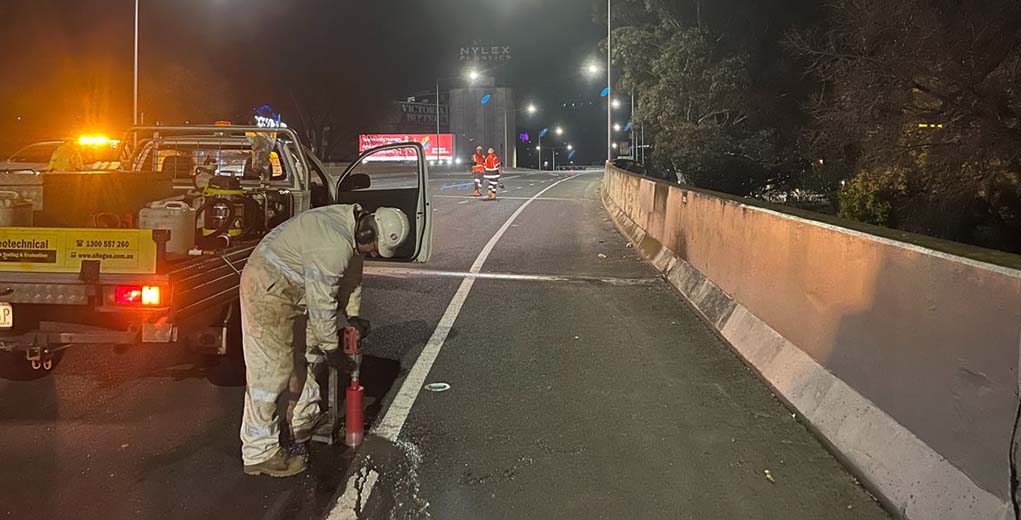
In the world of infrastructure, maintaining and upgrading pavements is a constant challenge. Victorian roads endure heavy traffic, harsh weather, and can simply wear down over time, often leading to deterioration that demands action.
Historically, a full reconstruction—ripping out old pavement and starting fresh—has been the go-to solution. But there’s a smarter, more sustainable alternative: pavement stabilisation and the reuse of in-situ pavement materials. This approach isn’t just a trend; it’s a proven strategy backed by thousands of successful rehabilitation projects from experts like Site Geotechnical, delivering environmental benefits, cost savings, reduced risks, and long-lasting results.
Let’s learn more about this incredible process and why it’s always the better choice over a full pavement reconstruction.
Pavement stabilisation involves strengthening existing pavement materials—often through the addition of binding agents like cement, lime, or asphalt emulsions—to improve their structural integrity. Rather than discarding the old pavement, in-situ reuse (meaning the reuse of materials that are already there) takes this a step further by recycling and repurposing the materials present at the site. Together, these techniques can transform worn-out roads into durable, high-performing surfaces without the need for a complete overhaul.
So why is this method gaining traction over traditional full pavement reconstructions? Let’s break down the benefits.
A full pavement reconstruction requires massive amounts of new materials—gravel, asphalt, and aggregates—often sourced through destructive mining or quarrying. This process depletes natural resources, increases carbon emissions from transportation, and disrupts ecosystems.
In contrast, reusing in-situ materials slashes the demand for virgin resources. By stabilising what’s already there, we minimise waste sent to landfills and cut the environmental footprint of road rehabilitation.
Site Geotechnical’s extensive experience—spanning thousands of projects—demonstrates how this approach can significantly reduce environmental impact. Every rehabilitated road is a step toward sustainability, proving that infrastructure upgrades don’t have to come at the expense of our planet.
Budget constraints are a reality for governments, municipalities, and private developers alike. Full reconstruction can be a costly endeavour, involving excavation, material procurement, and prolonged labour. Pavement stabilisation and in-situ reuse, however, streamline the process. By working with existing materials, these techniques reduce the need for expensive imports and heavy machinery, lowering overall project costs.
But don’t mistake affordability for cutting corners. The longevity of stabilised pavements rivals that of fully reconstructed ones! Site Geotechnical’s track record shows that rehabilitated roads can withstand decades of wear, offering exceptional value for money without sacrificing quality.
Every construction project carries risks—delays from weather, unforeseen subsurface conditions, or supply chain hiccups. Full reconstruction amplifies these uncertainties with its large scope and complexity. Pavement stabilisation, on the other hand, is a more controlled process. It leverages the existing road base, reducing the need for deep excavation and minimising the effects of surprises like unstable soil or hidden utilities.
With thousands of successful rehabilitations under our belt, Site Geotechnical has honed this method to mitigate risks effectively. Our expertise means that projects stay on schedule and within scope, even under challenging conditions.
A common misconception is that rehabilitation is a temporary fix—a Band-Aid solution compared to full reconstruction. In reality, stabilised pavements often outperform most expectations. This process strengthens the existing structure, addressing weaknesses like cracking or rutting while enhancing load-bearing capacity. When done right, these roads will be able to endure heavy traffic and environmental stressors for years.
Site Geotechnical’s portfolio of long-lasting rehabilitated pavements speaks for itself. By tailoring stabilisation techniques to site-specific conditions, we’ve proven that reusing in-situ materials isn’t just practical—it’s a pathway to durable infrastructure.
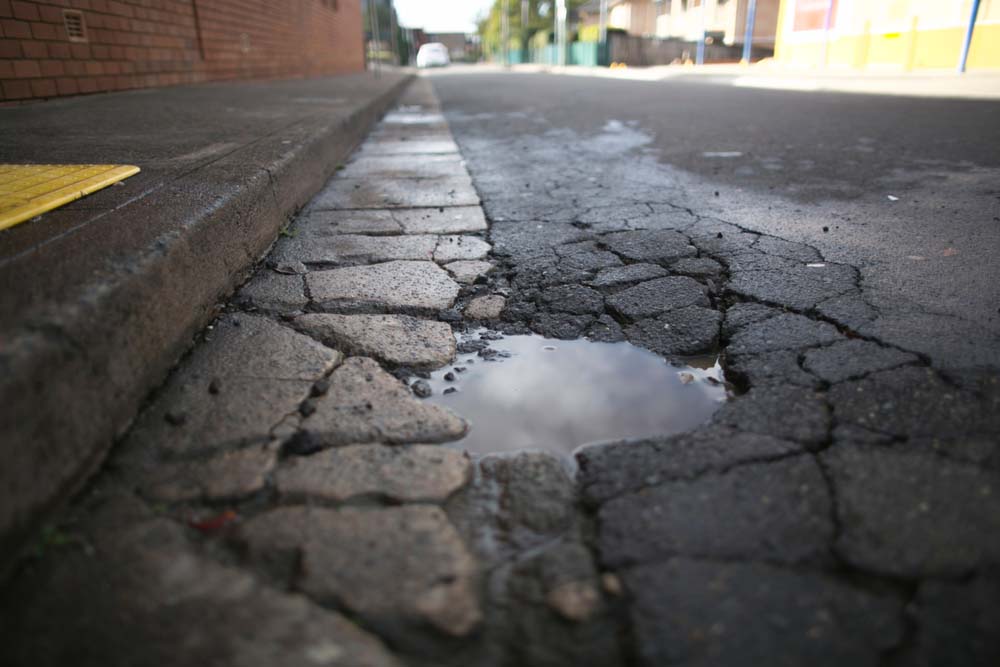
As you can see, correctly stabilising pavements can drastically improve the quality and lifespan of your pavement. However, care needs to be taken in this process; if the pavement is reconstructed too quickly or using the wrong materials, then there is a chance the project can fail.
Further investigations also need to be undertaken to determine recycling and stabilisation techniques for pavement that has already been rehabilitated once before. Second-generation stabilisation techniques may need to be different to take into account the differing materials and structures present in the pavement that has undergone rehabilitation before.
However, if you have engaged with an expert to perform your pavement stabilisation on materials that have not been altered before, then you can expect success. Make sure to communicate your needs for pavement design services clearly with the team at SITE Geotechnical so we can do our best to make sure your upgrade project is a success.
Looking for other types of geotechnical services in Melbourne? We can also perform distressed building investigations, peer review other geotechnical investigations and pre-purchase land investigations.
To see a real-life example of how successful stabilised pavement can be, let’s dive into a pavement we investigated in Hoppers Crossing.
This pavement was stabilised roughly 20 years ago using foam bitumen, and after we tested it we found that it only needed a minimal asphalt overlay treatment to last for another two decades! We encourage Victorian councils and the Department of Transport (DoT) to invest in sustainability design maintenance so they can enjoy longer-lasting pavements for their residents to enjoy.
At SITE Geotechnical, we live and breathe pavement design in Melbourne, from the busiest roads you see across the city to more unusual pavement types, like sports ovals and bowling greens. Whether you need your pavement assessed, tested for durability or stabilised, we can help.
Here are some of the pavement design services we offer:
Large projects can save millions of dollars with the right pavement investigation service!
When your project doesn’t go to plan, our experts can also help find the reasons behind any defects.
We also offer a huge range of other expert geotechnical services across Melbourne for all your planning and construction project needs.
The shift toward pavement stabilisation and in-situ material reuse reflects a broader movement in civil engineering: working smarter, not harder. It’s about maximising what we already have while minimising waste, cost, and risk. With thousands of projects showcasing these benefits, Site Geotechnical stands as a leader in this space, demonstrating that rehabilitation isn’t just an alternative to full reconstruction—it’s often the superior choice.
As we look to build sustainable, resilient infrastructure, the message is clear: the future of road rehabilitation lies in stabilising and reusing what’s already beneath our wheels. It’s a win for the environment, a win for budgets, and a win for communities that rely on safe, reliable roads.
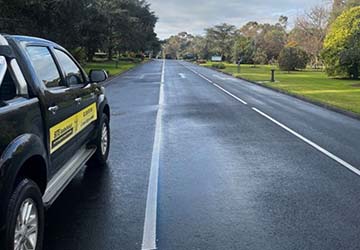
If you are interested in any of our pavement design services or want to look into our other services for geotechnical engineering in Melbourne, make sure to get in touch by calling 1300 557 260 or using our online form to get a free quote. We serve all the areas around the west, north and east of Melbourne and can help anyone looking for pavement rehabilitation services in the following industries:
With over 25 years of experience and NATA Accreditation in Construction Materials Testing, SITE Geotechnical are the best engineers to trust with your next project. Contact us today to start discussing your needs and how our pavement stabilisation services can help!
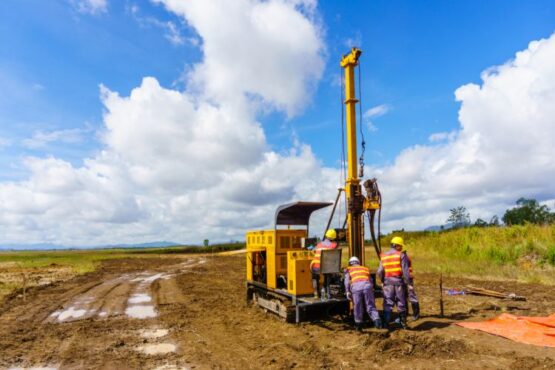
A successful building project starts with the soil foundation. Learn why conducting a geotechnical survey before construction is crucial for stability and efficiency.
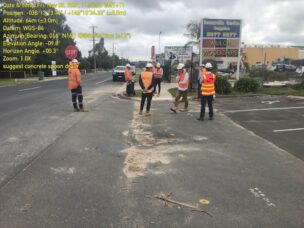
You may not think much about the pavement beneath your feet, but a great deal of planning and preparation goes into the design, creation and laying of pavement. Pavement design in particular needs a lot of careful thought, as it is used in critical infrastructure projects such as the building of major highways, warehouses, large […]
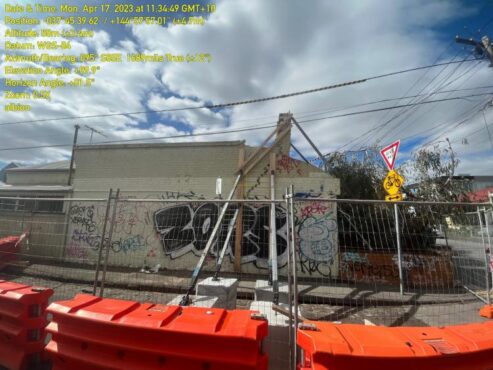
Have you noticed cracks in the walls or ceiling of a building? Are your doors or windows no longer closing easily? Small cracks are no cause for alarm, but larger ones are the signs of a distressed building, and the underlying cause needs to be looked into straight away. A distressed building will need more […]
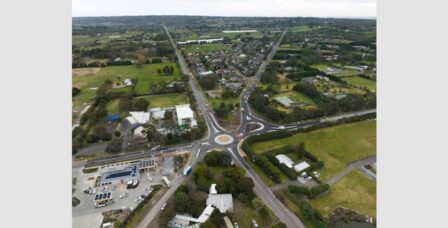
Having the right or wrong pavement design can make millions of dollars difference in a project. That’s why it’s so important to do your pavement design correctly the first time around, and this includes choosing the right team of pavement engineers for the job. Pavement design is about more than footpaths–it actually influences all kinds […]

Geotechnical site investigations often involve the use of a drilling rig in a wide and open space, but what if the areas you are trying to work on have size or access constraints? In these circumstances, you’ll need access to geotechnical drilling technologies that can work for both small and large-scale infrastructure projects. This is […]

At Site Geotechnical, we understand that wetlands play an essential role in land development projects across the country. While most of our clients are already familiar with their environmental benefits, such as flood mitigation and water quality improvement, our focus is on the geotechnical considerations that can help wetlands perform reliably and sustainably. Let’s discover […]

In the midst of planning a construction project? Whether you’re building a road, a bridge, a commerce centre, or a dam, the earth you’ll be working with can have a profound impact on the success of your project. Geotechnical services consist of many different types of studies and tests on a particular site that delve […]
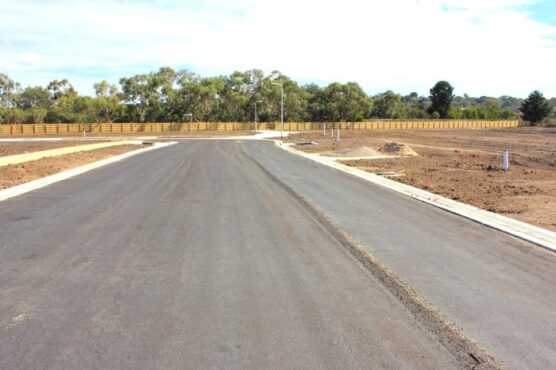
When you think of recycling, your mind might immediately go to paper or cans, but did you know recycled construction and waste materials play a strong part in pavement design in Melbourne as well? Pavement is everywhere, from our sidewalks and personal driveways to roads, construction platforms and rail trails. Expanding cities are constantly creating […]

For two decades, SITE Geotechnical Pty Ltd has been at the forefront of geotechnical engineering, providing expert investigations and recommendations that ensure strong, lasting foundations for infrastructure and development projects. Our journey from a small consulting firm to a leading geotechnical service provider in Victoria has been defined by innovation, expertise, and an unwavering commitment […]